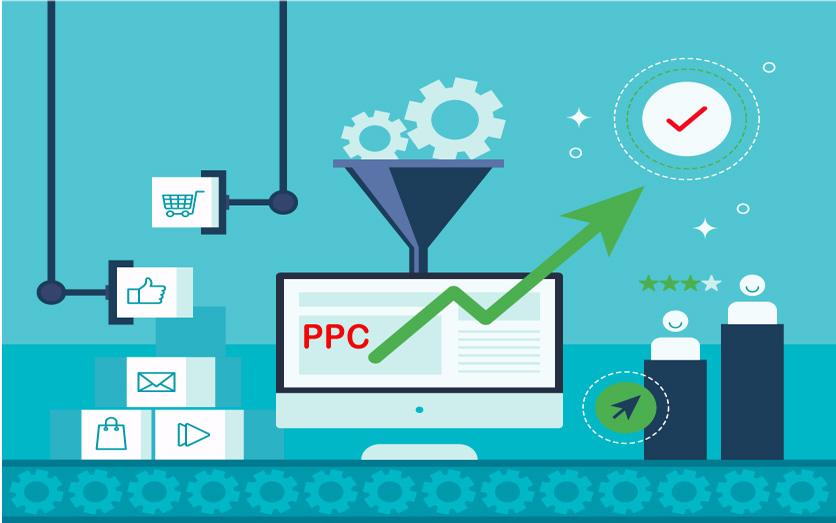
Pay-per-click (PPC) advertising is one of the most effective ways to reach your target audience, drive website traffic, and boost conversions. By implementing these best practices, you can maximize the performance of your PPC campaigns and achieve measurable results.
Before launching your PPC campaign, determine your primary objectives. Are you looking to increase brand awareness, drive traffic, or generate leads? Clear goals help in setting a strong foundation for your strategy.
Effective keyword research is critical to PPC success. Use tools like Google Ads Keyword Planner or SEMRush to find:
Pro Tip: Continuously refine your keyword list based on performance data.
Your ad copy is the first impression potential customers will have of your business. Focus on these elements:
The success of your PPC campaign depends on how well your landing pages convert visitors. Key optimizations include:
Utilize the targeting options available in platforms like Google Ads and Facebook Ads to reach the right audience. Consider:
PPC success depends on allocating your budget wisely. Experiment with bidding strategies like:
Pro Tip: Start with a smaller budget and scale as you see results.
PPC is not a “set it and forget it” strategy. Use analytics tools to track performance metrics like:
Test different ad elements, such as headlines, images, and CTAs, to determine what resonates best with your audience. Use insights to continually refine your campaigns.
Retargeting ads are a powerful way to re-engage users who have previously visited your website. Show tailored ads that remind them to complete a purchase or explore your services further.
PPC advertising is dynamic. Stay ahead by keeping up with the latest platform updates, trends, and best practices. Experiment with new ad formats like video ads or shopping ads to expand your reach.
By following these PPC advertising best practices, you can create campaigns that deliver impressive ROI and support your overall marketing goals. Remember, continuous optimization and adaptation are key to staying competitive in the evolving digital landscape.